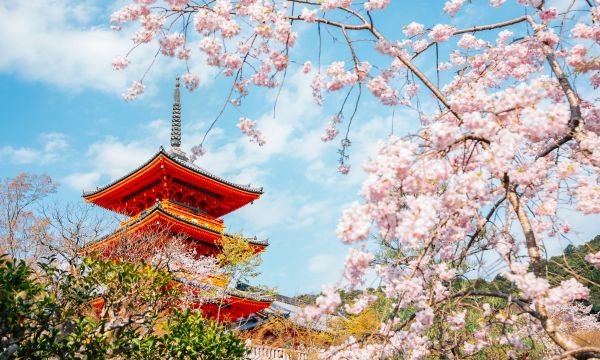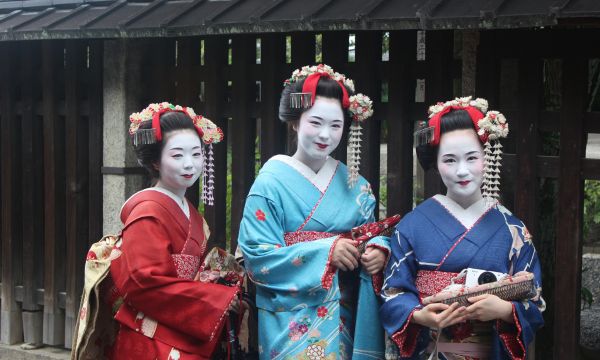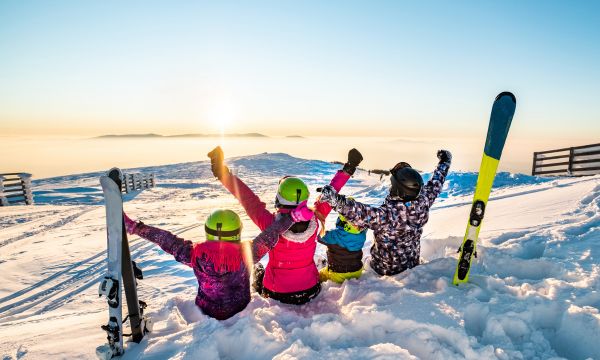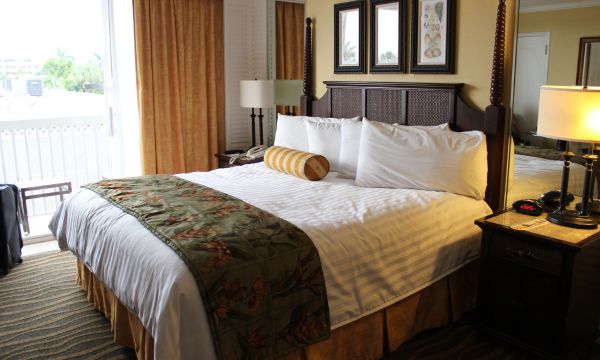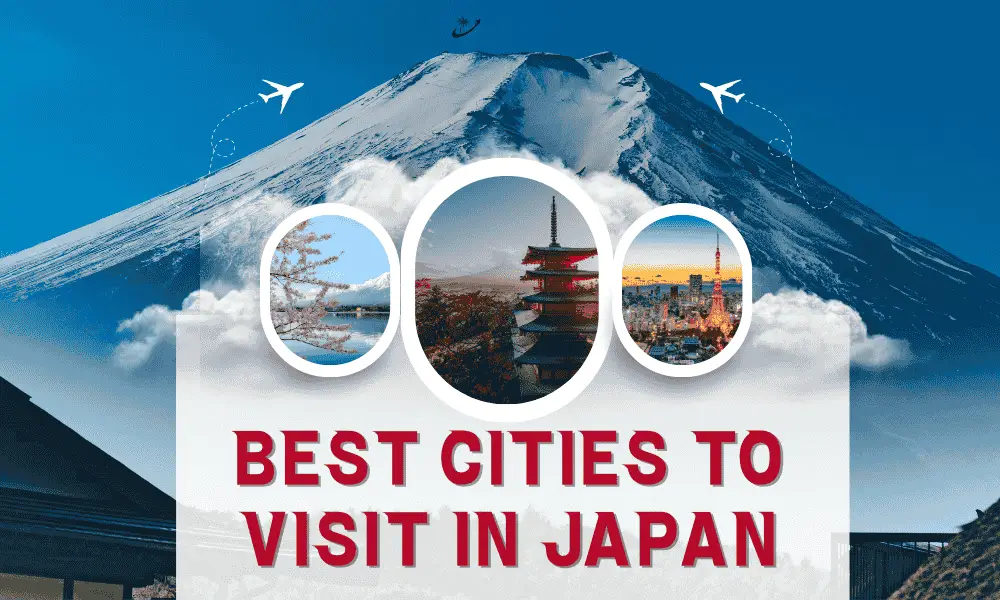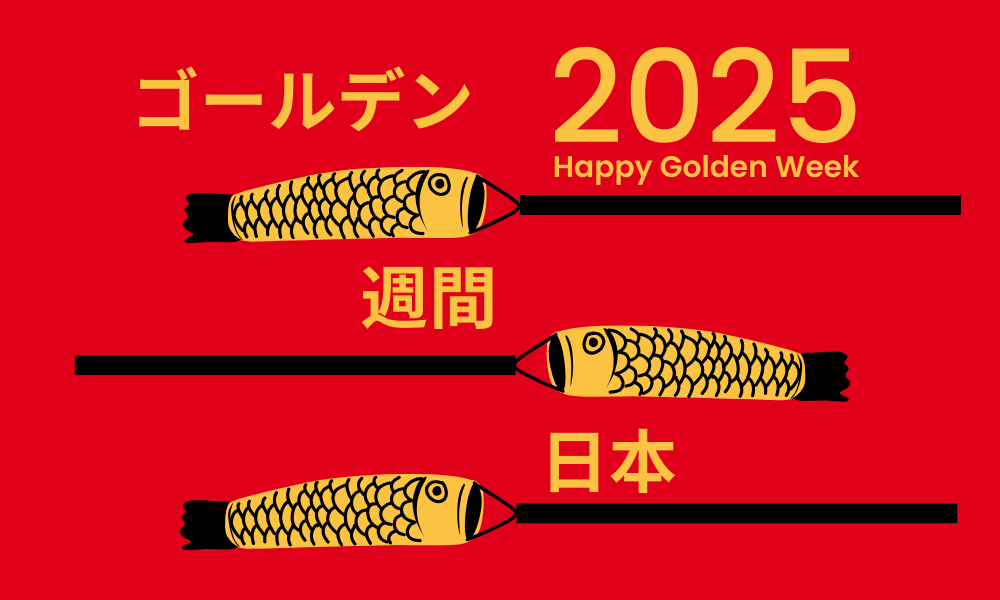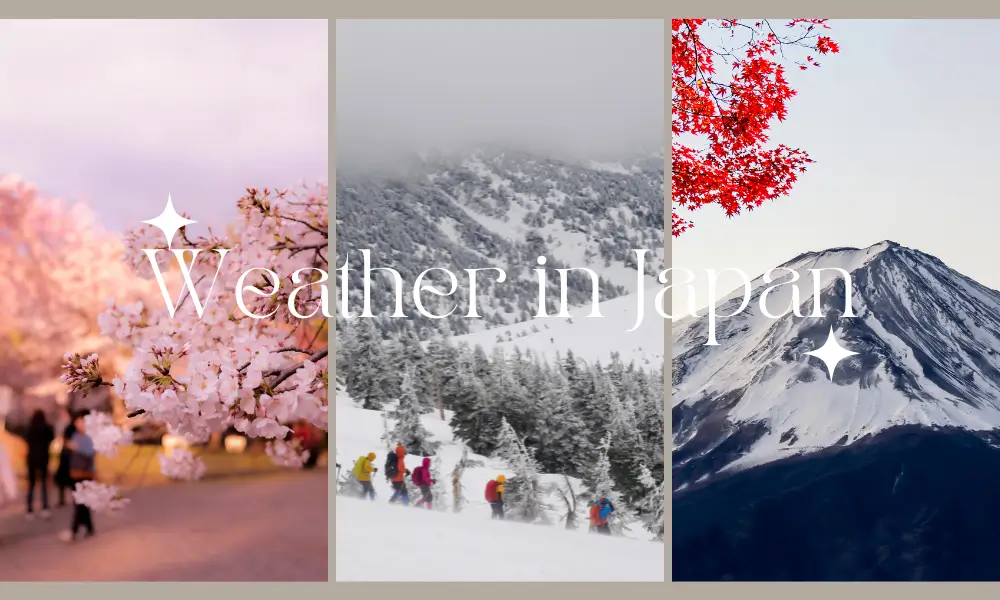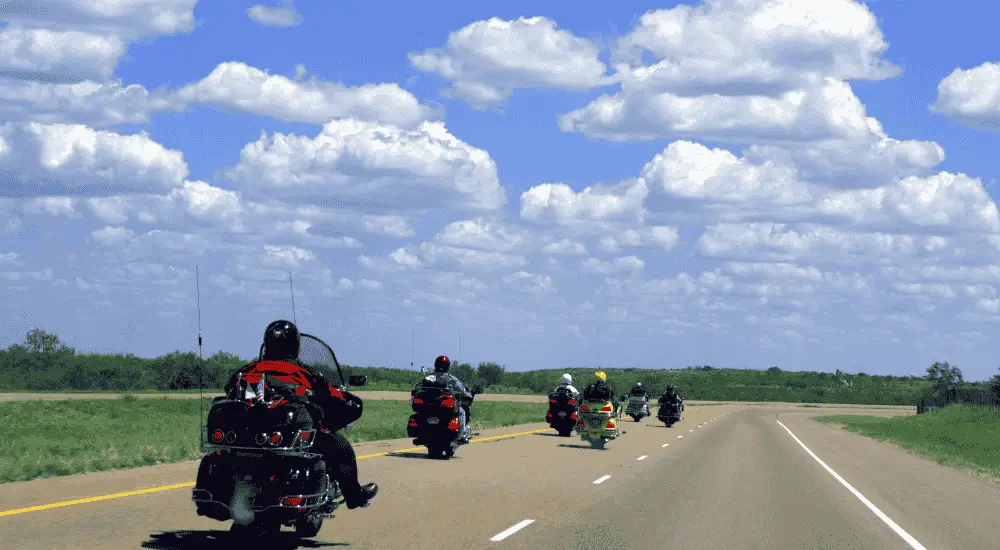Last updated on April 20th, 2025 at 11:37 am
Show the relevant content
Toggle- Introduction
- Historical Background
- Major Art and Culture Festivals In India
- Diwali: Festival of Lights
- Holi: Festival of Colors
- Durga Puja: Celebrating the Divine Feminine
- Navratri: Nine Nights of Dance and Music
- Pongal: Harvest Festival of Tamil Nadu
- Ganesh Chaturthi: Honoring Lord Ganesha
- Pushkar Camel Fair
- Thyagaraja Aradhana Festival
- Jaisalmer Desert Festival
- Hornbill Festival
- Khajuraho Dance Festival
- Regional and Local Festivals
- Contemporary Art and Culture Festivals
- Planning Your Visit
- Conclusion
Introduction
India is a land of vibrant colors, diverse traditions, and rich cultural heritage. The art and culture festivals in India are a testament to its centuries-old traditions and a reflection of its modern ethos. For art enthusiasts, travelers, and cultural explorers, India offers an array of festivals that celebrate creativity, tradition, and community. In this blog post, I will take you on a journey through most captivating art and culture festivals in India, offering insights into their origins, significance, and the unique experiences they provide.
Historical Background
Historical Significance of Indian Festivals
Indian festivals have deep historical roots that trace back to ancient civilizations. These celebrations have evolved over millennia, influenced by various dynasties, religions, and cultures that have thrived in the subcontinent. Historically, festivals were a means to honor deities, mark seasonal changes, and celebrate victories and harvests. The art and culture festivals we see today are a beautiful blend of these ancient traditions and modern interpretations.
For more detailed travel advice, check out this handy guide on India’s Royal Residences: Living Like Maharajas and Maharanis
Cultural Diversity and Festivities
India’s cultural diversity is one of its greatest assets. Each region has its unique set of customs, languages, and art forms, which are vividly showcased during festivals. The role of regional traditions in festival celebrations must be balanced. Each festivals in India offers a unique glimpse into the local culture and traditions, from the colorful and musical Garba dances in Gujarat to the grand Durga Puja pandals in West Bengal.
Major Art and Culture Festivals In India
Diwali: Festival of Lights
Diwali, known as the Festival of Lights, is one of India’s most widely celebrated festivals. It symbolizes the victory of light over darkness and good over evil. During Diwali, homes and streets are adorned with lamps and colorful rangoli artworks. The celebrations include fireworks, traditional music, dance performances, and the exchange of sweets and gifts. Key events during Diwali include the lighting of diyas, Lakshmi Puja, and festive feasts.
Holi: Festival of Colors
Holi, the Festival of Colors, is a joyous celebration of love and the arrival of spring. This festivals in India is marked by vibrant color throwing, music, dancing, and traditional sweets. Holi is celebrated uniquely across India, with each region adding its flavor. In Vrindavan and Mathura, Holi is celebrated with a week-long festival, including cultural performances and religious rituals. The artistic performances during Holi, such as folk dances and songs, add to the cultural richness of the festival in India.
Durga Puja: Celebrating the Divine Feminine
Durga Puja is a grand celebration honoring the goddess Durga. This festival in India is particularly significant in West Bengal, where elaborately crafted idols and artistic installations adorn the pandals. Durga Puja is not just a religious event but a cultural extravaganza featuring traditional music, dance, and theatre performances. Significant locations for Durga Puja include Kolkata, where the celebrations are most magnificent.
Navratri: Nine Nights of Dance and Music
Navratri is a nine-night festival dedicated to the goddess Durga and her various forms. It is celebrated fervently across India, with traditional dances like Garba and Dandiya being the highlights. Gujarat and Maharashtra are famous for their Navratri celebrations, where communities come together to dance and sing in beautifully decorated venues. The rhythmic beats and colorful attire make Navratri a visual and cultural delight.
Pongal: Harvest Festival of Tamil Nadu
Pongal is a four-day harvest festival celebrated in Tamil Nadu. It marks the beginning of the sun’s northward journey and honors the agricultural abundance. Pongal is celebrated with traditional music, dance, and the preparation of the Pongal dish. Artistic elements like kolam (rangoli) designs and conventional folk performances add to the cultural richness of the festival. Each day of Pongal has its significance, reflecting the deep-rooted traditions of Tamil Nadu.
Ganesh Chaturthi: Honoring Lord Ganesha
Ganesh Chaturthi is a festival dedicated to Lord Ganesha, the remover of obstacles. It is celebrated with great enthusiasm, especially in Maharashtra. Artistic decorations and cultural rituals mark the festival, with beautifully crafted Ganesha idols being the main attraction—major cities like Mumbai witness grand celebrations, processions, and cultural performances. The festival culminates with the immersion of the idols in water, symbolizing the cycle of creation and dissolution.
Pushkar Camel Fair
The Pushkar Camel Fair uniquely blends culture, art, and trade. Held in Pushkar, Rajasthan, this fair attracts thousands of visitors and traders. It showcases traditional Rajasthani art, music, dance, and crafts. Highlights include camel races, folk performances, and a vibrant marketplace. For visitors, the Pushkar Camel Fair offers a unique cultural experience and insight into the rural life of Rajasthan.
Thyagaraja Aradhana Festival
The Thyagaraja Aradhana Festival is an annual celebration of classical music held in honor of the saint-composer Thyagaraja. It takes place in Thanjavur, Tamil Nadu, and draws musicians and music lovers worldwide. The festival features performances of Thyagaraja’s compositions, lectures, and cultural programs. It is a significant event for those passionate about classical music and cultural heritage.
Jaisalmer Desert Festival
The Jaisalmer Desert Festival is a vibrant celebration of Rajasthan’s art and culture. Held in the golden city of Jaisalmer, it showcases traditional music, dance, and crafts. Key attractions include camel parades, folk performances, and competitions like turban tying and mustache contests. The festival provides a unique opportunity to experience Rajasthan’s rich cultural heritage against the backdrop of the Thar Desert.
Hornbill Festival
The Hornbill Festival, held in Nagaland, is a cultural extravaganza that brings together the state’s diverse tribes. It celebrates traditional arts, crafts, music, and dance. The festival features tribal performances, indigenous games, and a vibrant marketplace. For cultural explorers, the Hornbill Festival offers a unique insight into Nagaland’s rich and diverse heritage.
Khajuraho Dance Festival
The Khajuraho Dance Festival celebrates classical dance forms in the historic town of Khajuraho. The festival occurs against the backdrop of the magnificent Khajuraho temples, known for their intricate carvings and architectural beauty. The event features performances of various classical dance forms, including Kathak, Bharatanatyam, Odissi, and Kuchipudi. The festival is a fusion of history, art, and culture.
Regional and Local Festivals
Onam: Festival of Kerala
Onam is a harvest festival celebrated in Kerala, marking the homecoming of the mythical king Mahabali. The festival is known for its artistic displays, traditional music, dance, and feasts. Significant events include the Pookalam (floral design) competition, the Vallam Kali (snake boat race), and the Thiruvathira dance. Onam reflects Kerala’s cultural richness and traditions, making it a must-experience festival.
Bihu: Assamese New Year
Bihu is the Assamese New Year festival celebrated with traditional music, dance, and cultural practices. It is a time of joy and merriment, with people coming together to celebrate the harvest. Bihu celebrations include the dance, Husori (traditional singing), and community feasts. Key aspects of Bihu reflect the agricultural heritage and cultural identity of Assam.
Lohri: Punjabi Harvest Festival
Lohri is a harvest festival celebrated in Punjab to mark the end of winter and the arrival of longer days. The festival is known for its bonfires, traditional music, and dance. Major locations for Lohri celebrations include rural and urban areas of Punjab, where communities come together to celebrate with folk songs and dances like Bhangra and Gidda. Lohri is a celebration of life, prosperity, and cultural heritage.
Makar Sankranti: Kite Festival
Makar Sankranti is a pan-Indian festival celebrated with kite flying, traditional music, and cultural rituals. The festival marks the transition of the sun into the zodiac sign of Capricorn and the beginning of longer days. Celebrations vary across states, with Gujarat known for its International Kite Festival, where the sky is filled with colorful kites. Makar Sankranti is a celebration of joy, community, and cultural diversity.
Contemporary Art and Culture Festivals
Jaipur Literature Festival
The Jaipur Literature Festival is one of the world’s most significant literary festivals, attracting authors, thinkers, and literature enthusiasts from around the globe. The festival features literary discussions, book readings, and cultural programs. Prominent authors and intellectuals gather to share their insights, making it a melting pot of ideas and creativity. The Jaipur Literature Festival celebrates literature, art, and culture.
Kochi-Muziris Biennale
The Kochi-Muziris Biennale is a contemporary art exhibition held in Kochi, Kerala. It showcases artists’ works worldwide, focusing on cultural dialogues and artistic expressions. Key installations and exhibitions reflect the diverse themes and perspectives of contemporary art. The Biennale is a platform for artists to engage with the public and explore new artistic horizons.
SulaFest
SulaFest is a vibrant festival that combines music, art, and wine culture. Held at the Sula Vineyards in Nashik, Maharashtra, the festival features live performances, art installations, and wine-tasting sessions. Main events include concerts by renowned artists, workshops, and culinary experiences. SulaFest offers a unique blend of art, music, and gastronomy, making it a must-visit for cultural explorers.
Sunburn Festival
The Sunburn Festival is Asia’s largest electronic dance music festival in Goa. It attracts music lovers and party enthusiasts from around the world. The festival features performances by top DJs, spectacular light shows, and cultural fusion experiences. Significant attractions include music stages, food stalls, and adventure activities. The Sunburn Festival is a celebration of music, culture, and entertainment.
Planning Your Visit
Best Time to Experience Indian Festivals
The art and culture festivals in India are spread throughout the year, each season bringing unique celebrations. Summer is ideal for festivals like Holi and Bihu, while winter is perfect for Diwali and Durga Puja. Monsoon festivals like Onam offer a unique charm. Planning a cultural tour around major festivals allows travelers to experience the diverse cultural tapestry of India.
Travel Tips and Essentials
When planning your visit to art and culture festivals in India, consider packing light, comfortable clothing, and essential items like sunscreen and insect repellent. Stay hydrated and be mindful of local customs and etiquette. Safety tips include staying aware of your surroundings, avoiding overcrowded places, and respecting cultural practices.
Accommodation and Local Cuisine
During festival seasons, accommodation can range from luxurious hotels to budget-friendly stays. It’s advisable to book in advance. Must-try local dishes vary with each festival and region. For example, enjoy traditional sweets during Diwali, Pongal rice dishes during Pongal, and sumptuous feasts during Onam. Exploring local cuisine is an integral part of experiencing festivals in India.
Conclusion
Embracing India’s Artistic and Cultural Spirit
Art and culture festivals in India uniquely blend tradition, creativity, and community spirit. They celebrate the country’s rich cultural heritage and testify to its diversity. From the grand celebrations of Diwali and Durga Puja to the contemporary art exhibitions of the Kochi-Muziris Biennale, each festival provides a unique and enriching experience.
For art enthusiasts, travellers, and cultural explorers, India’s festivals are an opportunity to immerse oneself in the vibrant cultural tapestry of the country. These celebrations are not just about rituals and traditions but also about expressing creativity, building connections, and celebrating life.
As you plan your travels, consider exploring these vibrant festivals and experiencing the unique charm they offer. The art and culture festivals in India are a journey into the heart of its cultural heritage, a celebration of creativity and tradition that will leave you with unforgettable memories.

